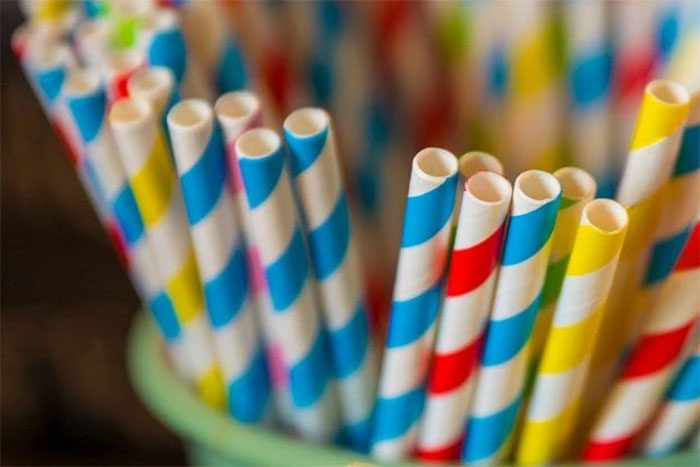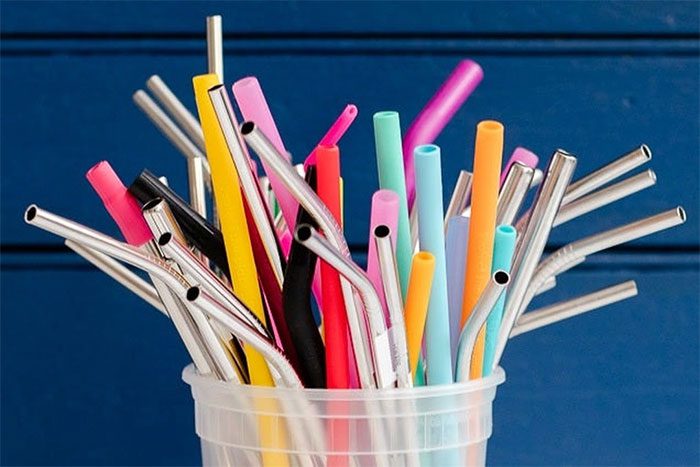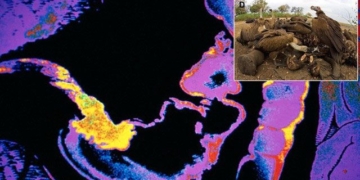Paper Straws Created to Replace Environmentally Harmful Plastic Straws But they may not be the eco-solution many hope for.
According to a recent study published in the journal Food Additives and Contaminants (NIEHS), paper straws tend to absorb water quickly during use and also contain low levels of persistent chemicals.

Paper straws may have unforeseen consequences because many believe they are safe to use (Photo: Getty).
Specifically, these are poly- and perfluoroalkyl substances (PFAS). They are a group of synthetic chemicals with complex structures that have been used in consumer products worldwide since around the 1950s.
PFAS are commonly used to prevent food from sticking to packaging or cooking utensils, create stain-resistant clothing and carpets, and improve the effectiveness of firefighting foam.
Researchers indicate that it may take centuries for these substances to partially break down in the environment. Therefore, we cannot call paper straws “biodegradable products.”
In fact, scientists at the University of Antwerp (Belgium) argue that some plant-based plastic alternatives that are considered “environmentally friendly” may be quietly contributing to PFAS pollution.
To arrive at this conclusion, the research team employed high-resolution mass spectrometry to analyze the chemical composition of a total of 20 types of paper straws, 5 glass straws, 5 bamboo straws, 5 stainless steel straws, and 4 plastic straws from 39 different brands.
The results revealed PFAS in most of the materials. Stainless steel was the only exception. Among paper straws, only 2 brands were found to be free of PFAS. Additionally, PFAS were present in 3 brands of plastic straws, 2 brands of glass straws, and 4 brands of bamboo straws.
This finding is surprising, as we have long believed that only plastic straws contained harmful chemicals, while other types of straws were entirely “friendly” to the environment and health.

Many types of straws marketed as “friendly” to the environment do not actually provide such benefits. (Photo: Getty).
From this research, the group of scientists points out that while reducing plastic can be beneficial for the environment and human health, it is evident that it is only significant if the alternatives do not contain PFAS.
Chemicals from PFAS-containing products can accumulate in the environment and in animal bodies, returning to harm humans.
“A small amount of PFAS may not be harmful, but they contribute to increasing the amount of chemicals in the body,” explains Thimo Groffen, an environmental scientist.
Concern arises because even after the straws are used, pollutants may still persist. If the straws are recycled, the chemicals may form new products. If they are disposed of in landfills or incinerated, their chemicals will silently disperse through the air or soil.


















































